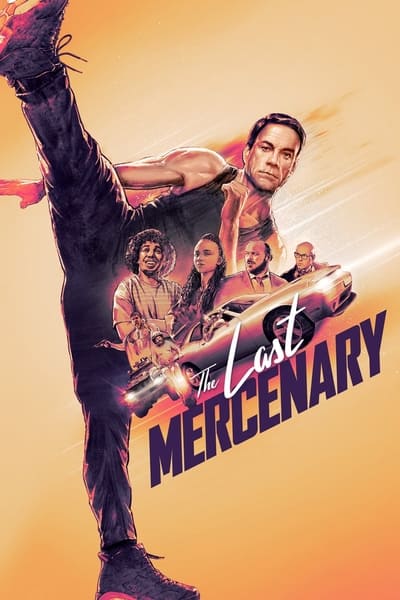
1-2-3
How can we visualize Body Ownership? We connected Body Ownership with an I-perspective, looking for images that uncover the multiplicity of the ‘I’ First person plural. Strapping two body cameras (GoPros) to our chests, we move in direct body contact. Our premise is that both I-perspectives of the cameras are at interplay with each other, showing that gaze is never produced by a singular entity. Instead, it is the result of bodies touching and reacting constantly to each other. The body cameras are joined by an external camera – a third-person perspective. While it may hold a position of power as the one who frames the image from the outside, it desires to dive into the collective I-perspective. BE-LONGING. At one point the gazes of the I-perspectives and the outside camera meet – they look at each other looking. Gazes conjoined with bodies. Body is spatiosocially bound, is situated.

Storyline
How can we visualize Body Ownership? We connected Body Ownership with an I-perspective, looking for images that uncover the multiplicity of the ‘I’ First person plural. Strapping two body cameras (GoPros) to our chests, we move in direct body contact. Our premise is that both I-perspectives of the cameras are at interplay with each other, showing that gaze is never produced by a singular entity. Instead, it is the result of bodies touching and reacting constantly to each other. The body cameras are joined by an external camera – a third-person perspective. While it may hold a position of power as the one who frames the image from the outside, it desires to dive into the collective I-perspective. BE-LONGING. At one point the gazes of the I-perspectives and the outside camera meet – they look at each other looking. Gazes conjoined with bodies. Body is spatiosocially bound, is situated.
















